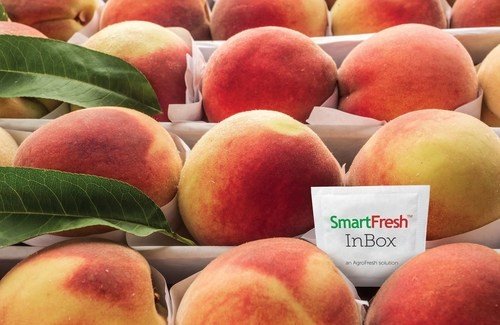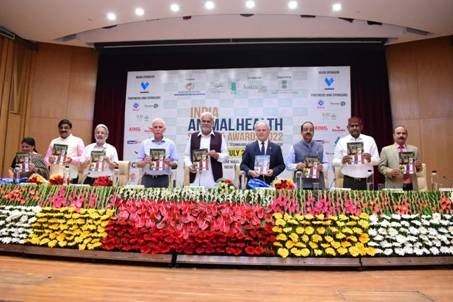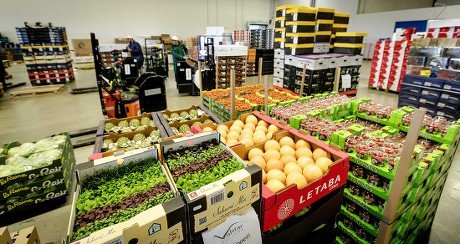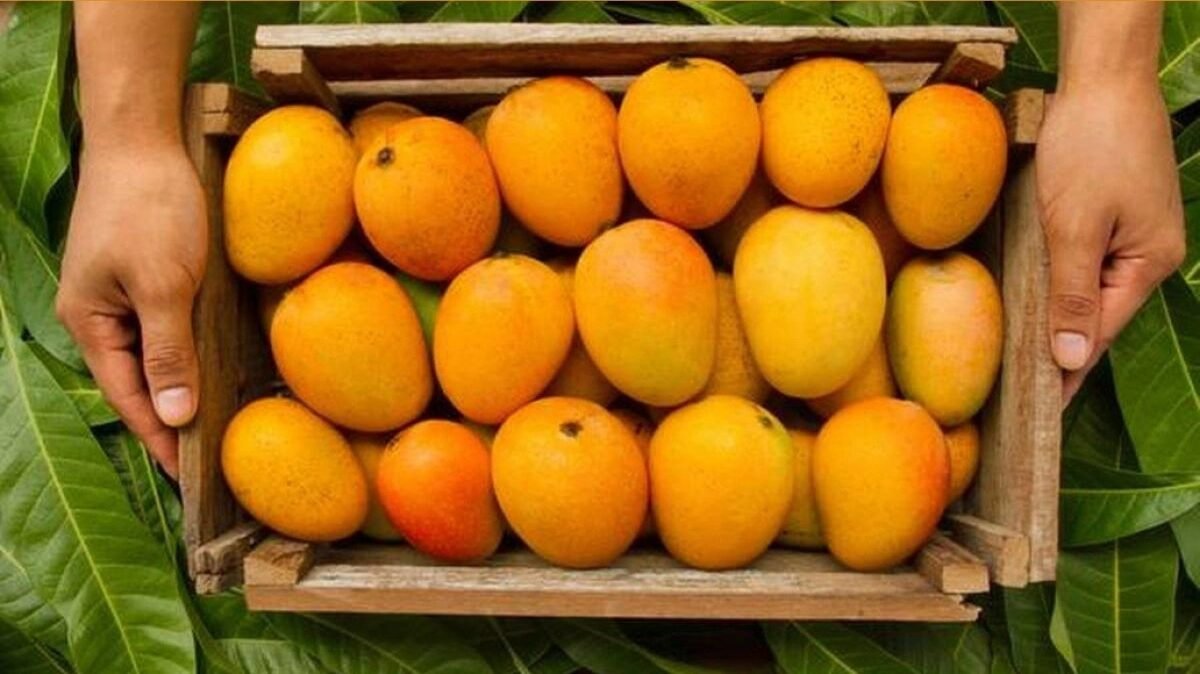AgroFresh expands produce freshness solutions in California
The company recently announced the expansion of its SmartFresh Inbox in California with CDPR approval for a range of new crops
AgroFresh Solutions, Inc, a global agtech innovator that provides produce freshness solutions, and digital technologies that enhance the quality and extend the shelf life of fresh produce, recently announced the expansion of its SmartFresh Inbox in California with the California Department of Pesticide Regulation’s (CDPR) approval for a range of new crops. SmartFresh InBox offers powerful protection in a small, portable sachet, expanding the availability of SmartFresh technology for growers, packers and retailers who either don’t have an airtight room or require a more convenient option.
SmartFresh InBox, now registered in California on pome fruits (apples and pears), stone fruits (peaches and plums), kiwi and avocados, utilises AgroFresh’s industry leading SmartFresh (1-MCP) ethylene management technology to delay the ripening process and helps maintain post-harvest produce quality and freshness. SmartFresh InBox sachets are easy to apply and handle, offering effective protection against internal and external threats to freshness, resulting in increased shelf life and reduced levels of food loss and waste.
“California is the largest and most diverse fruit growing region in the US and our customers there need more flexible application methods and products to help preserve and protect the crops they oversee,” said Sarah Enescu, Commercial Business Director for AgroFresh.
The company recently announced the expansion of














